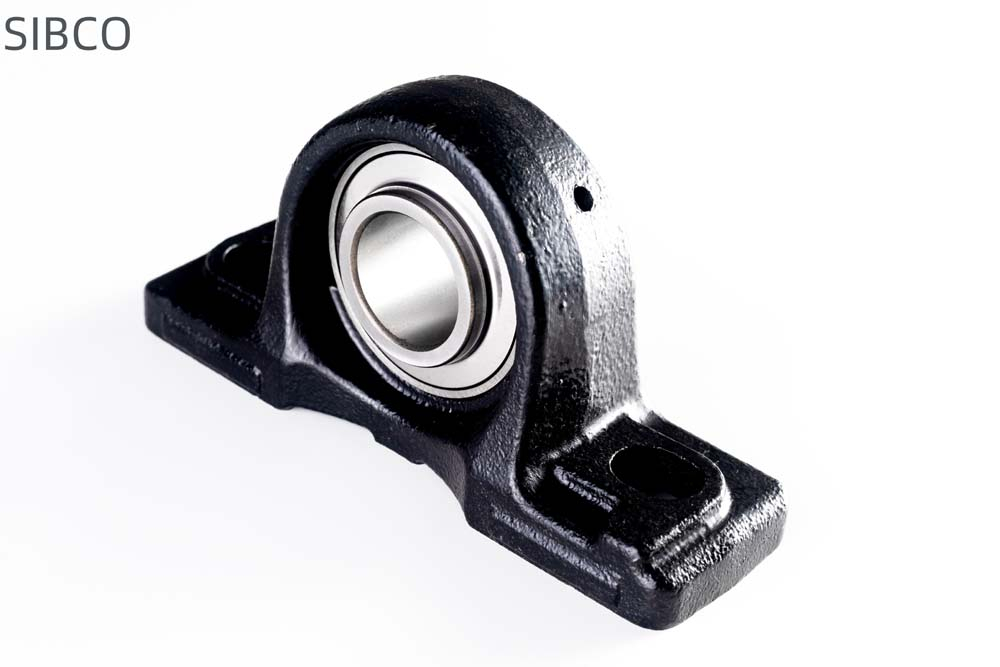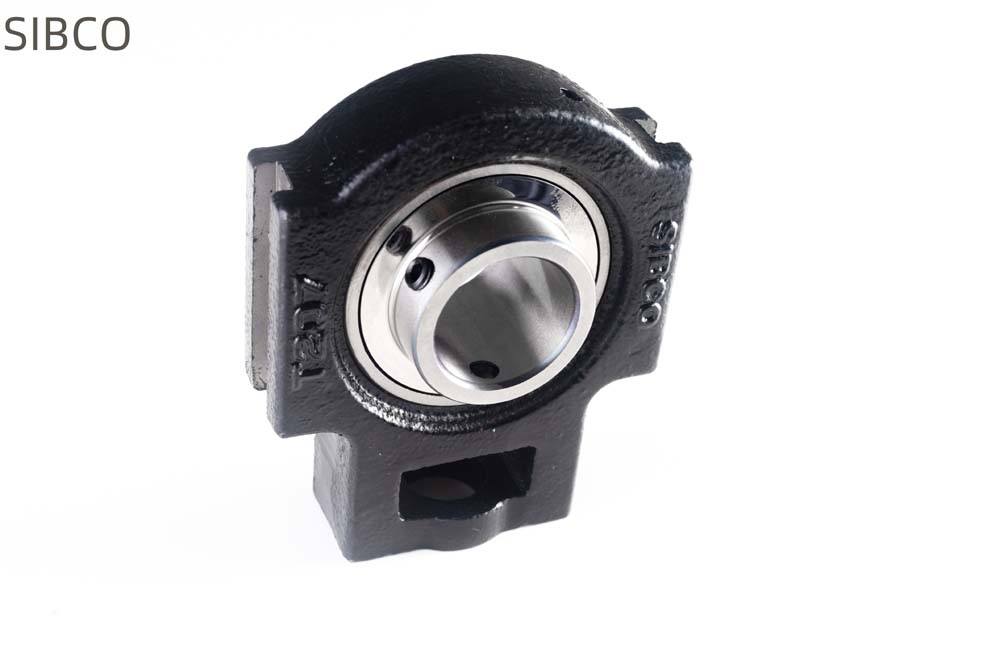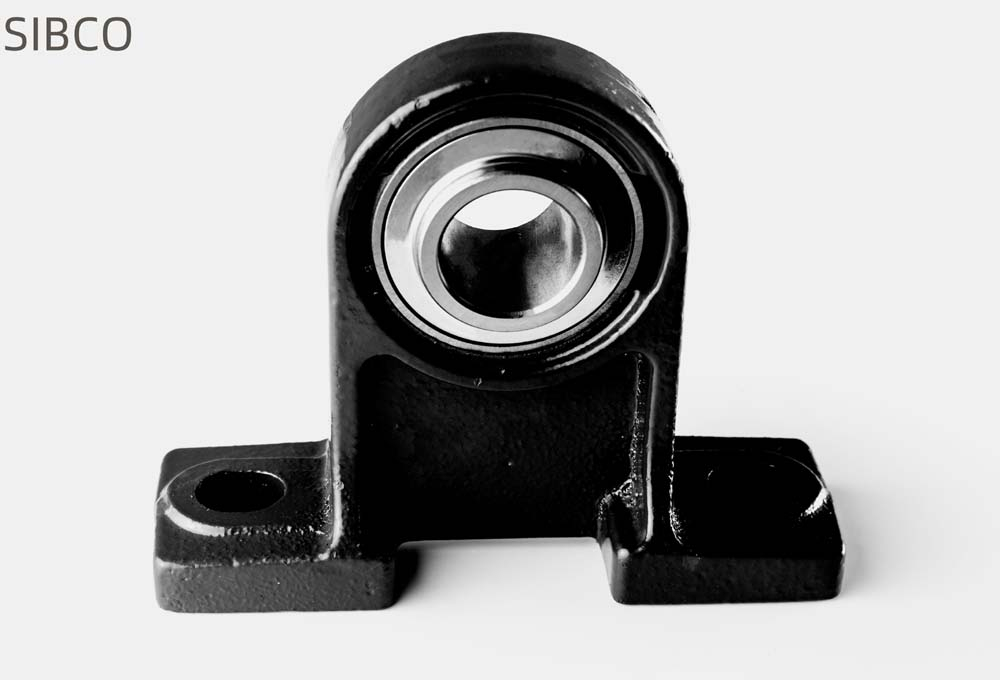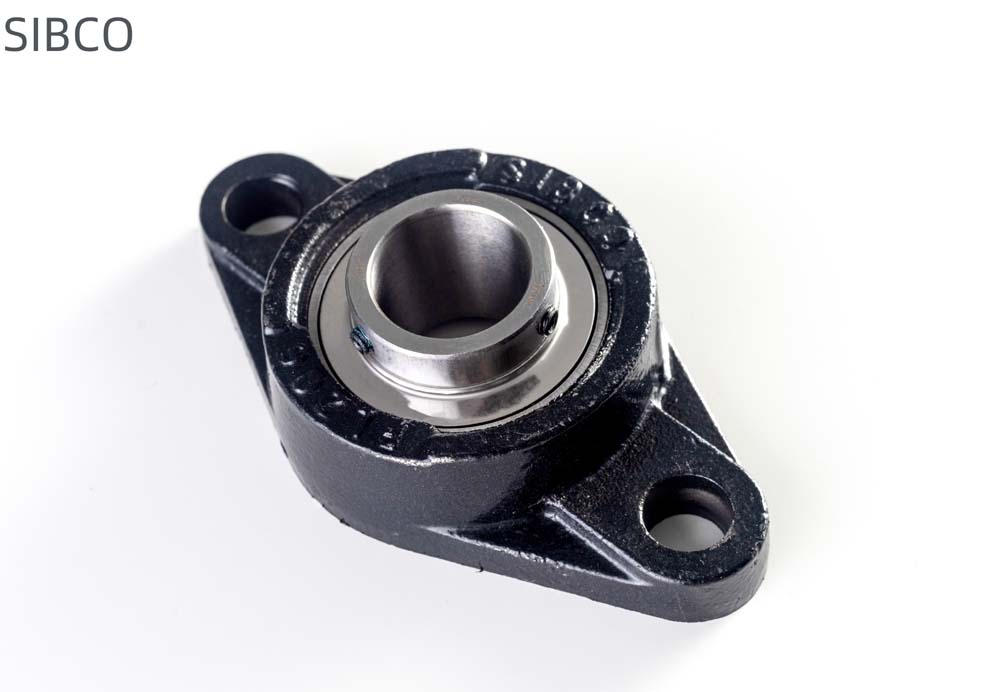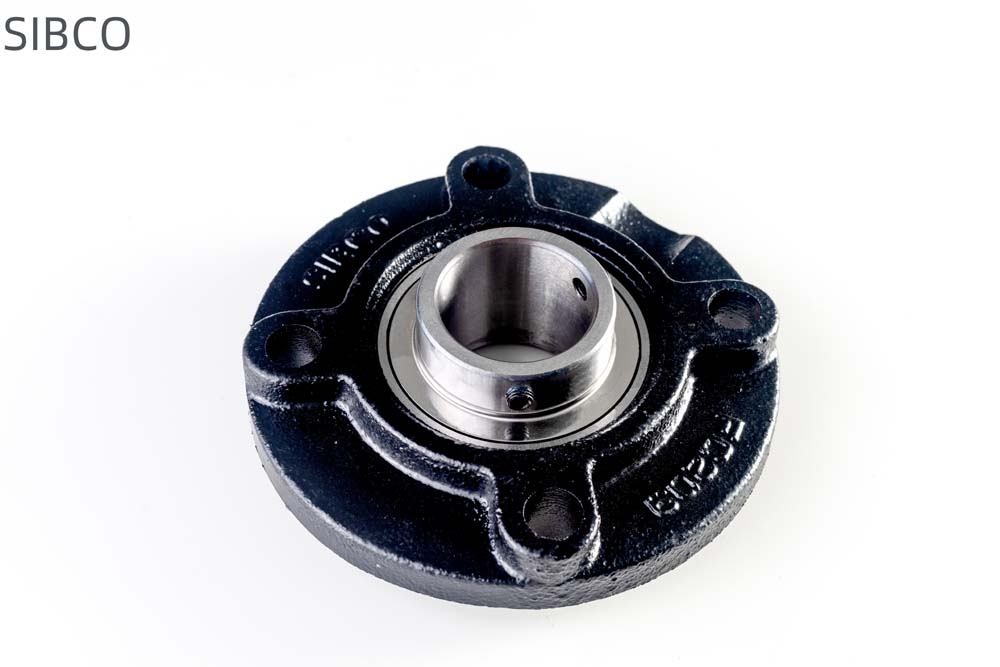Factors affecting the friction compatibility of stainless steel bearings
Release time:2025-06-01 hits:0次
1、 Material characteristics
1. Material composition and pairing combination
Base material: Commonly used materials for stainless steel bearings include martensitic stainless steel (such as 440C, with high hardness and good wear resistance) and austenitic stainless steel (such as 316L, with strong corrosion resistance but low hardness). The miscibility and hardness difference of different materials directly affect the friction behavior - a large difference in hardness can easily lead to wear of soft materials, while similarity may increase the risk of adhesion.
Alloy elements:
Carbon (C): Increases hardness and wear resistance, but reduces corrosion resistance (e.g. 440C has a higher carbon content).
Chromium (Cr): enhances corrosion resistance and oxide film stability (Cr content in stainless steel must be ≥ 12%).
Molybdenum (Mo): improves corrosion resistance and high temperature strength (such as 316L containing Mo).
Nickel (Ni): improves toughness and corrosion resistance (austenitic stainless steel relies on Ni to stabilize the structure).
Pairing principle: Avoid direct pairing of the same metal (such as steel steel), as it is prone to adhesive wear; Recommend heterogeneous material combinations such as steel bronze and steel plastic, or changing surface properties through coatings such as nickel plating and nitriding.
2. Microstructure and Heat Treatment
Structure state: the quenching+tempering structure of martensitic stainless steel (such as Flat noodles martensite) has better wear resistance than the face centered cubic structure of austenite; Uniform and fine distribution of carbides can improve the wear resistance of abrasive particles.
Balance between hardness and toughness: Excessive hardness is prone to embrittlement (such as reaching HRC58-62 hardness after 440C quenching), and toughness needs to be adjusted through tempering; If the hardness is too low (such as 304 stainless steel HRC ≤ 20), plastic deformation is prone to occur.
Surface hardening treatment: carburizing, nitriding, induction hardening, etc. can improve surface hardness, form a "hard shell+tough core" structure, and reduce surface wear (such as surface hardness reaching HV1000 or above after nitriding).
2、 Structural Design and Manufacturing Process
1. Geometric structure optimization
Contact stress: The type of bearing (such as deep groove ball bearings, cylindrical roller bearings) and clearance design affect the contact area and stress distribution. Point contact (such as ball bearings) has significant stress concentration, while line contact (such as roller bearings) is more uniform, but edge effects may exacerbate wear.
Chamfering and accuracy: Improper edge chamfering can lead to stress concentration and cause microcracks; High precision machining (such as roundness and surface roughness Ra ≤ 0.8 μ m) can reduce the micro protrusion bite between friction pairs.
2. Manufacturing process defects
Surface roughness: Rough surfaces (such as grinding patterns) are prone to retaining abrasive particles or lubricants, and low roughness (mirror finish) may reduce the oil film bearing capacity. It needs to be matched according to the working conditions (such as Ra1.6-3.2 μ m for low-speed heavy loads and Ra0.4-0.8 μ m for high-speed light loads).
Processing damage: Overheating during grinding can cause surface annealing softening, or grinding marks perpendicular to the direction of motion can exacerbate wear.
Assembly accuracy: Tight or eccentric installation can generate additional stress, damage the lubrication state, and cause abnormal wear (such as controlling the interference fit of the inner ring to 0.005-0.02mm).
3、 Working conditions and environmental factors
1. Load and motion state
Load type: Static load can easily cause surface indentation, impact load can cause microcracks, and alternating load may induce fatigue wear (such as Palmgren Miner's linear cumulative damage theory).
Sliding/Rolling Ratio: The pure rolling friction coefficient is low (about 0.001-0.005), while the sliding friction (such as during start-up/braking stages) can reach 0.1-0.3. It is necessary to reduce slip through cage design (such as the slip rate of deep groove ball bearings should be less than 5%).
Speed and temperature: During high-speed operation, there is a significant temperature rise (such as when the dn value is greater than 1 × 10 ⁶ mm · r/min, forced cooling is required), which may cause material softening or lubricant failure. The friction coefficient decreases first and then increases with temperature (such as when the friction coefficient of 304 stainless steel is about 0.4400 ℃ and increases to 0.6 at 200 ℃).
2. Environmental media
Corrosion and wear: In acidic/alkaline/salt environments (such as marine and chemical environments), after the surface oxide film of stainless steel is damaged, the synergistic effect of corrosion and wear intensifies material loss (such as Cl ⁻ easily causing pitting corrosion, forming a wear source).
Abrasive particle pollution: Hard particles such as dust and metal debris (such as SiO ₂, Fe ∝ O ₄) enter the friction pair, causing three body abrasive particle wear, which needs to be blocked by sealing design (such as double lip sealing ring) and filtration system (such as lubricating oil filter precision ≤ 10 μ m).
Lubrication conditions:
Lubricant type: grease lubrication (such as lithium grease) is suitable for low speeds, oil lubrication (such as ISO VG32 lubricant) is suitable for high speeds; Solid lubricants such as molybdenum disulfide and graphite can replace traditional lubricants in extreme environments (high temperature, vacuum).
 SIBCO Bearing
SIBCO Bearing
